Ho Chi Minh Campaign Museum
Description
The Ho Chi Minh Campaign Museum is a military museum chronicling the closing months of the Vietnam War and the communist triumph over South Vietnam in April 1975. While its inside displays a massive model that provides an overview of the attack and other artifacts linked to the last stages of the war, such as the official Ho Chi Minh Campaign Diary.
The structure, constructed by a French architect in the early 20th century, served as a college for military defense in the Republic of Vietnam. The Ho Chi Minh Campaign Museum was not founded to conserve and display significant historical relics from the Ho Chi Minh Campaign until 1986. (started in the spring of 1975). This is the greatest museum in Ho Chi Minh City to visit if you are a history buff interested in gaining a true, in-depth understanding of the Vietnam War.
After seeing the Ho Chi Minh Campaign Museum, which is located in the midst of District 1 at the intersection of Nguyen Binh Khiem and Le Duan Streets, you can easily access other prominent sights in the area. On the opposite side of Nguyen Binh Khiem Street are the Museum of Vietnam History and the Saigon Zoo and Botanical Gardens, which serve as the city’s lungs. The Notre Dame Cathedral, the largest and oldest Catholic church in Vietnam, is located a few blocks down Le Duan Street.
Exhibits Of Ho Chi Minh Campaign Museum
A 2,200-square-meter outdoor exhibition displays vehicles used during the Ho Chi Minh Campaign, while a 1,500-square-meter, two-story building displays historical items such as clothing, weapons, photographs, and a combat plan.
The outdoor exhibition section of the Ho Chi Minh Campaign Museum is visible immediately after entering through the main entrance. During the Ho Chi Minh Campaign, the People’s Liberation Armed Forces of South Vietnam utilized a variety of military vehicles for both combat and transportation purposes, including a tank, an airplane, a jeep, a bulldozer, a mobile cannon, and a missile.
The majority of the war machines on display in this exhibition are historically significant; many of them were employed by valiant generals and troops in significant battles. Some of them even inspired the poetry of renowned authors. The museum also features the shattered remnants of a shot-down enemy aircraft.
The inside space is partitioned into many portions, with each component displaying events from critical phases of the Ho Chi Minh Campaign. In addition to historical items, the Ho Chi Minh Campaign Museum displays lifelike, realistic figures for a more immersive experience and a complete battle plan map to describe the campaign’s progress and strategy.
The part dedicated to the Phuoc Long Campaign, a crucial fight between the Liberation Armed Forces, led by Lieutenant General Du Quoc Dong, and the Republic Military Forces, is located to the right of the building’s main entrance. The initial objective of this war was to acquire intelligence on enemy bases, evaluate the relative power of both sides, and gauge the response of worldwide populations, particularly the United States and former President Richard Nixon. This campaign’s success ignited a revolution, which boosted the soldiers’ morale and led them to victory in subsequent campaigns.
Next to the portion on the Phuoc Long Campaign is a door that leads directly to the Tay Nguyen Campaign display.
In this crucial battle, also known as Operation 255 among military personnel, it was the error of a general of the Republic Vietnam Army, who willfully disregarded vital information regarding the sighting of the People’s Army of Vietnam, that ultimately led to their defeat and the destruction of the II Corps Tactical Zone.
Within ten days, the South Vietnamese People’s Armed Forces seized control of the Central Highland Region. Several of the artefacts on display in this section, such as the mechanical saw, illustrate the difficulty and peril that southern soldiers experienced when battling in the highland forest.
Upon exiting the chamber, the Hue – Da Nang Campaign segment will be shown. The Hue – Da Nang battle led to the destruction of I Corps Tactical Zone, the last significant line of defense for the Republic of Vietnam Army. Their areas were surrounded by the People’s Army of Vietnam, a huge number of guns and firearms were seized, and a big number of units surrendered.
The great image of the entire Ho Chi Minh Campaign is displayed on the final area of the ground floor, adjacent to the Hue-Da Nang Campaign exhibit, in the exact center of the structure. This is where the museum displays its most popular tourist attraction: a massive scale model of the entire operation’s battle plan. Not only is the model’s scale impressive, but it also illuminates to depict the progression of the battle through its various stages.
The penultimate room on the first level, to the right of the stairwell, contains photographs of meetings, significant maps of war plan, records, and personal apparel from the Ho Chi Minh Campaign’s base of operations. A figure depicts the historical moment when high-ranking campaign leaders listened to President Duong Van Minh’s surrender announcement over the radio, heralding the end of the Vietnam War.
Gallery / Photos
Working Hours
- Monday 7:30 AM - 11:30 AM1:30 PM - 4:30 PM
- Tuesday 7:30 AM - 11:30 AM1:30 PM - 4:30 PM
- Wednesday 7:30 AM - 11:30 AM1:30 PM - 4:30 PM
- Thursday 7:30 AM - 11:30 AM1:30 PM - 4:30 PM
- Friday 7:30 AM - 11:30 AM
- Saturday 7:30 AM - 11:30 AM1:30 PM - 4:30 PM
- Sunday 7:30 AM - 11:30 AM1:30 PM - 4:30 PM
Location / Contacts
- Address : 2 Le Duan Street, District 1, Ho Chi Minh City 70000 Vietnam
- Phone : +84336578946

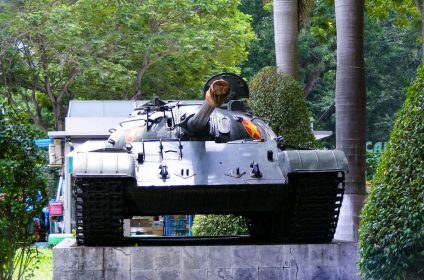
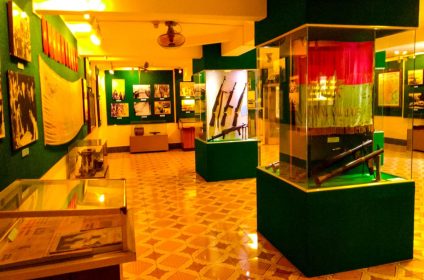
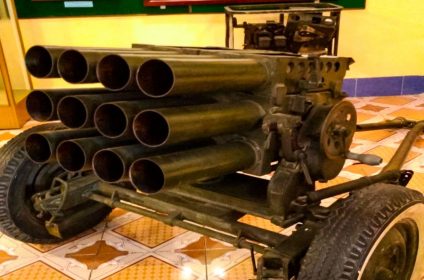
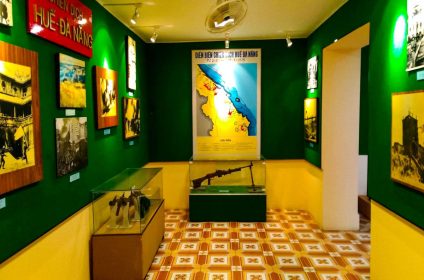
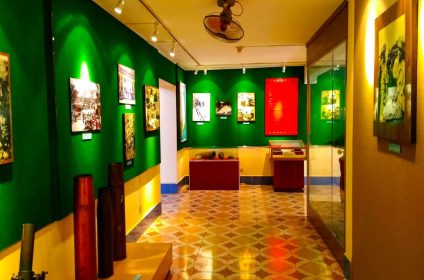
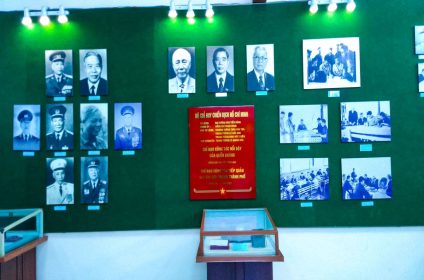
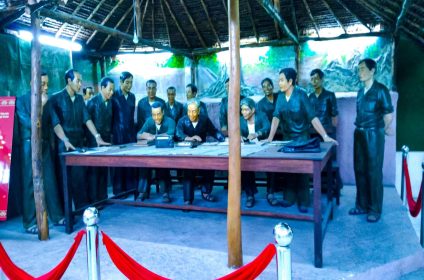
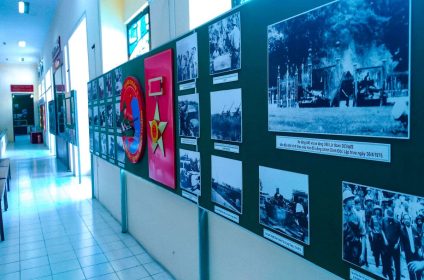
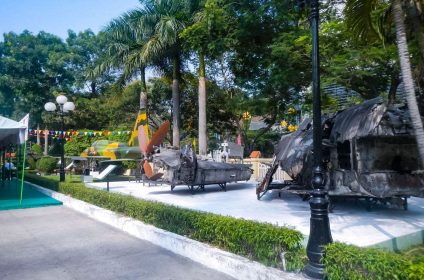
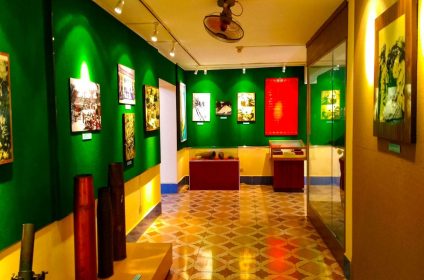
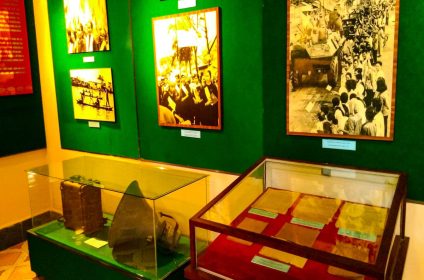
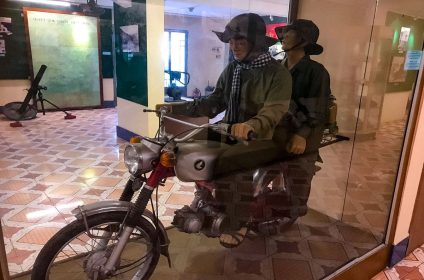
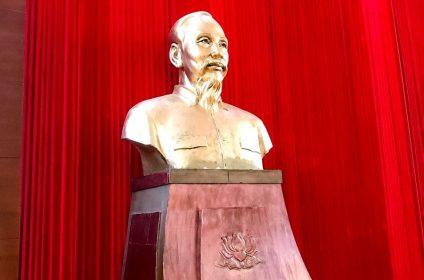
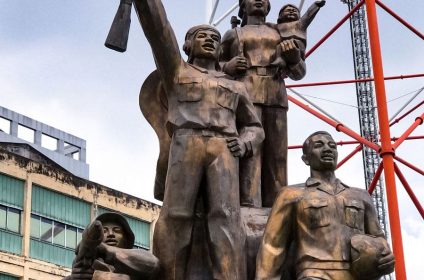
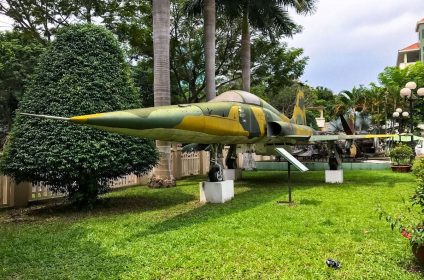
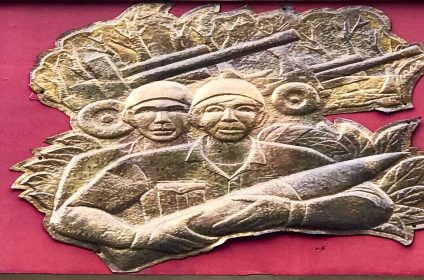
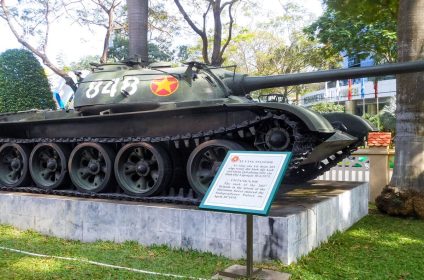
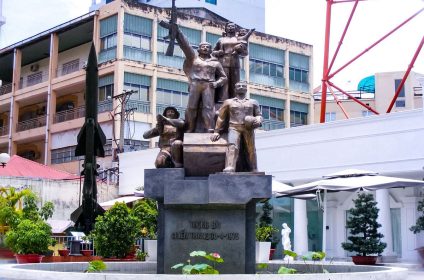
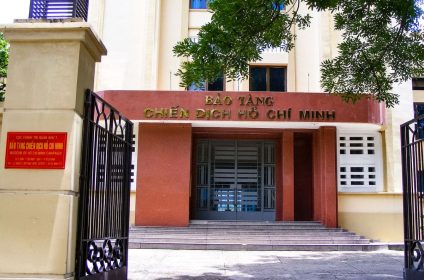

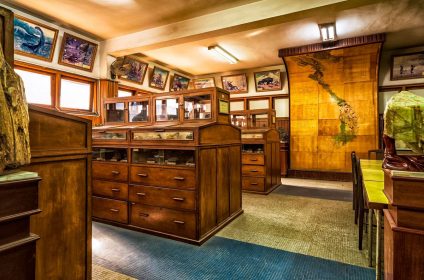

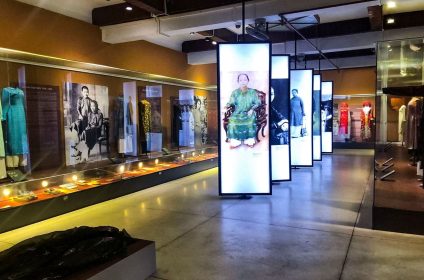
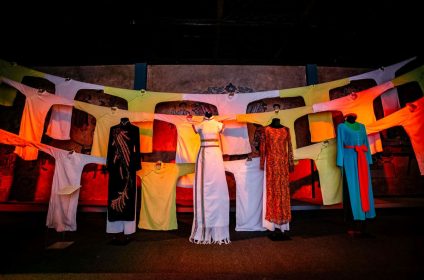










Add Review